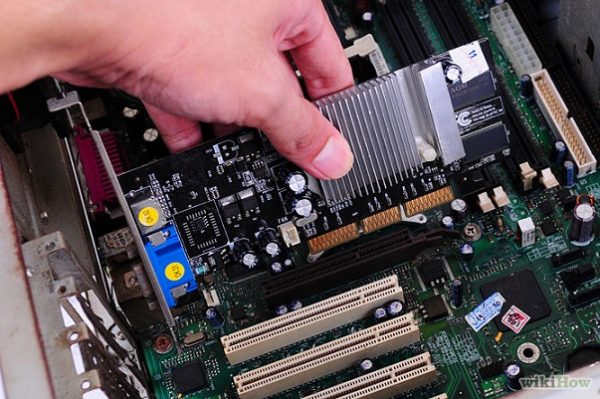When we have computer performance problem, it is easy to come to a quick conclusion that we don’t have enough of something. The easiest and cheapest way to upgrade the computer is by adding enough RAM. However, we should really determine whether we do need the proper amount of RAM. We could do this by running a monitoring software and Windows Task Manager could do that quite well.
We could run the computer for a period of time and if we do see that our remaining RAM has dwindled to fewer than 100MB, then we do need to extra RAM for added performance. However, even the simplest task can be quite tricky, because we will need to use RAM module from the same manufacturer and it may not be easy to find.
We may decide that our wired network is too antiquated and we want to replace it with a wireless one. This can be a simple thing to do, but we could find problems when we need to deal with older printer and scanner models that don’t support wireless capability. Upgrading a computer isn’t a straightforward thing to do.
As an example, replacing a processor means that we also need to replace the motherboard; because we could prefer a processor from different family, that’s not supported by the existing motherboard. It means that we should consider whether the entire replacement is really cost effective.

Historically, hard drive is the worst bottlenecks in the computer system. It is the slowest component of others; slower than the RAM and the processor. It should make sense that by improving the weakest link in the system, we could improve the overall performance. Changing the hard drive is quite easy, but it also means that we need to transfer the files to a new one.
Often, the best solution is to use the SSD, which is based on solid state technology. But unfortunately, SSD is expensive and we often obtain much limited available storage. When replacing hard drive, it is better to have a clean start by installing fresh operating system. Other files can be transferred easily. Because we have a brand new start, we should consider our past mistakes and don’t reinstall software that caused major slowdowns.
Ultimately, all the optimizations and upgrades are just stop-gap measures. If we want to obtain real performance boost, we should get a brand new computer with hardware components from the latest families. It is also important to reduce the number of mechanical devices in our computer. Mechanical hard drives and DVD players would eventually break down; so it is a good idea to depend on solid state technology, such as SSD and USB flash drive.
With proper usages, we should be able to use our computer comfortably enough. We should be able to obtain much better improvement in performance by using a new computer. And this is a good opportunity for us to choose a new minimalist configuration with our computer. There is also software that can purge the computer of leftover codes after we uninstall a program.
